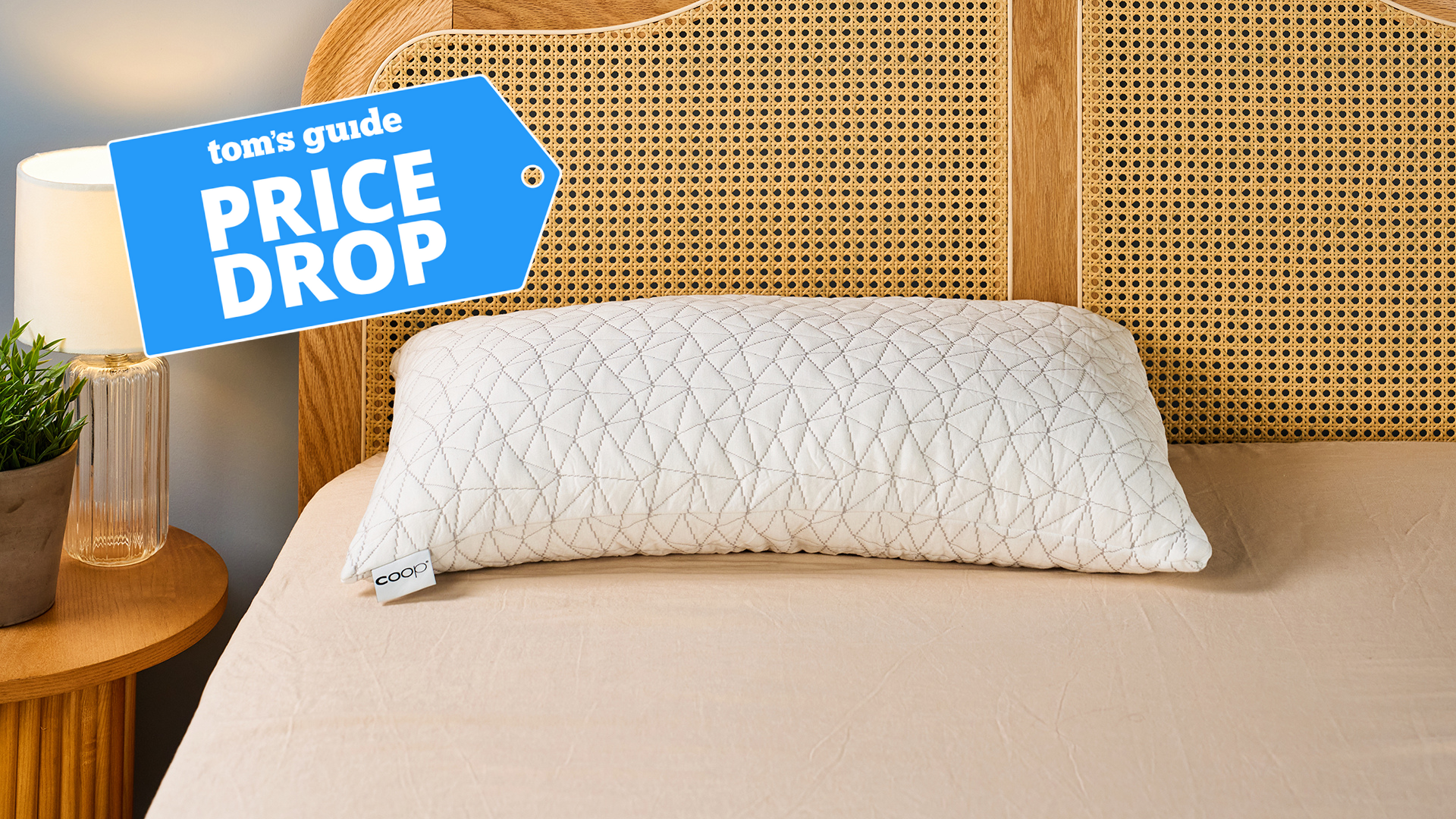How to remove mold from a mattress: 3 pro tips from a cleaning expert
I share my pro tips on how to get rid of mold spots on your mattress
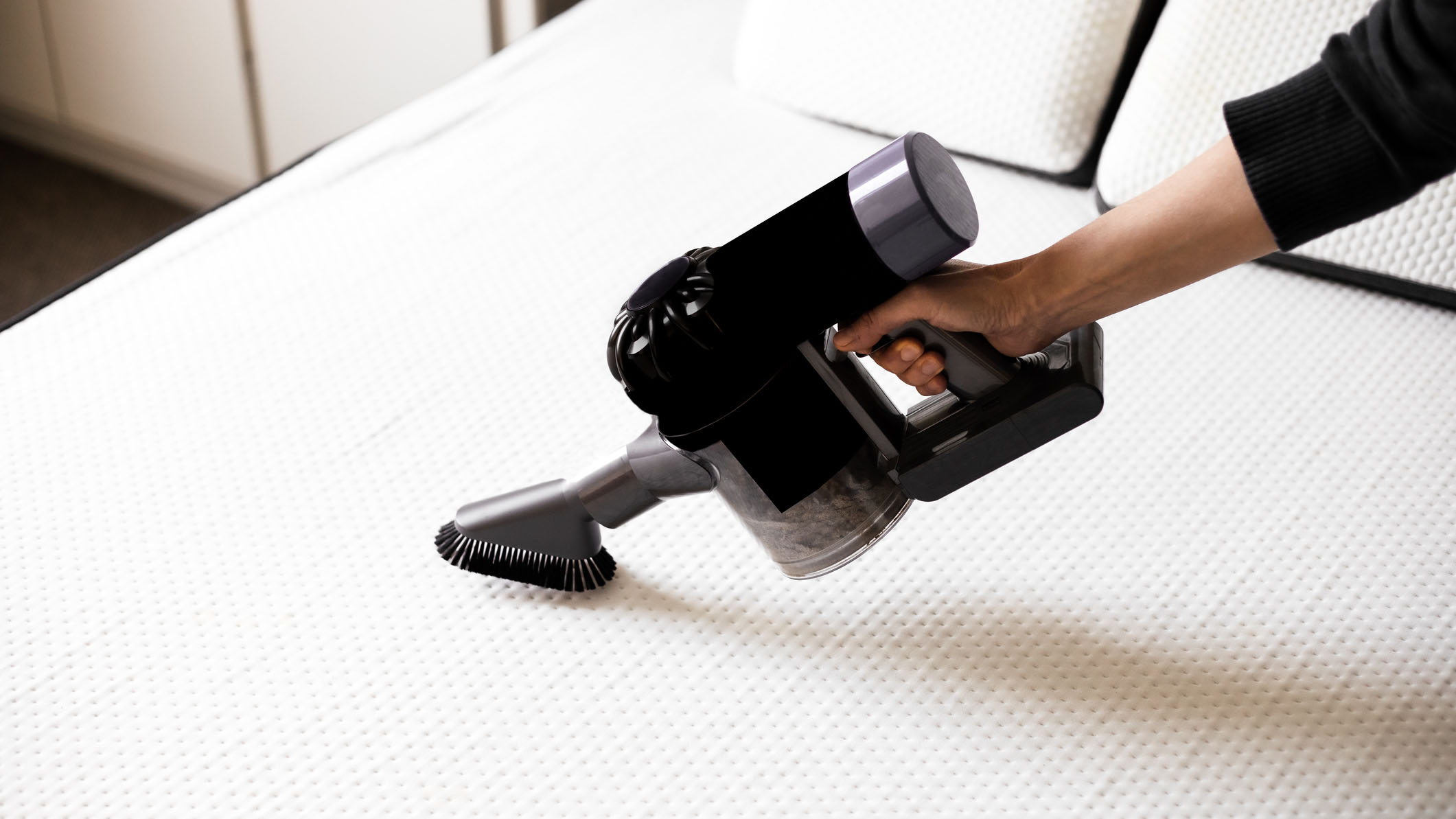
If you’ve pulled back the sheets on your bed and noticed dark spots, or maybe a musty smell you can’t get rid of, then you might be dealing with mattress mold.
Mold can trigger respiratory issues, allergies and skin irritation, so it’s really important to know how to identify and remove mold before it impacts your health and sleep quality.
Mattresses are prone to mold because of the way they absorb sweat and excess moisture (for example, from humidity).
If your room is poorly ventilated or you have damp issues, then your mattress can become a prime breeding ground for mold and mildew. Even the best mattresses on the market aren't immune to mold if the conditions allow it to thrive.
The good news is, you don’t have to throw out your bed just because of a few moldy patches. With the right skills, you can tackle the issue effectively and bring your mattress back to full health.
Here, I'll walk you through how to spot mold early and provide three expert approved tips for removing it safely.
How to spot mold on a mattress
Mold doesn’t just happen overnight, it can take a while to take hold, but there are tell-tale signs to watch out for. The most obvious one is small black, green or white spots that appear on the surface of the mattress.
Get instant access to breaking news, the hottest reviews, great deals and helpful tips.
At first glance these spots may look like dirt but unless dealt with, over time, they will likely spread and become darker. It might look like a common mattress stain at first but if you've noticed dark spots, you need to act.
Another sign is the smell. Mold has a distinctive musty scent that lingers, and is especially noticeable when you’re lying down. If your mattress smells stale no matter how many times you wash your bedding, then it’s likely mattress mold is present.
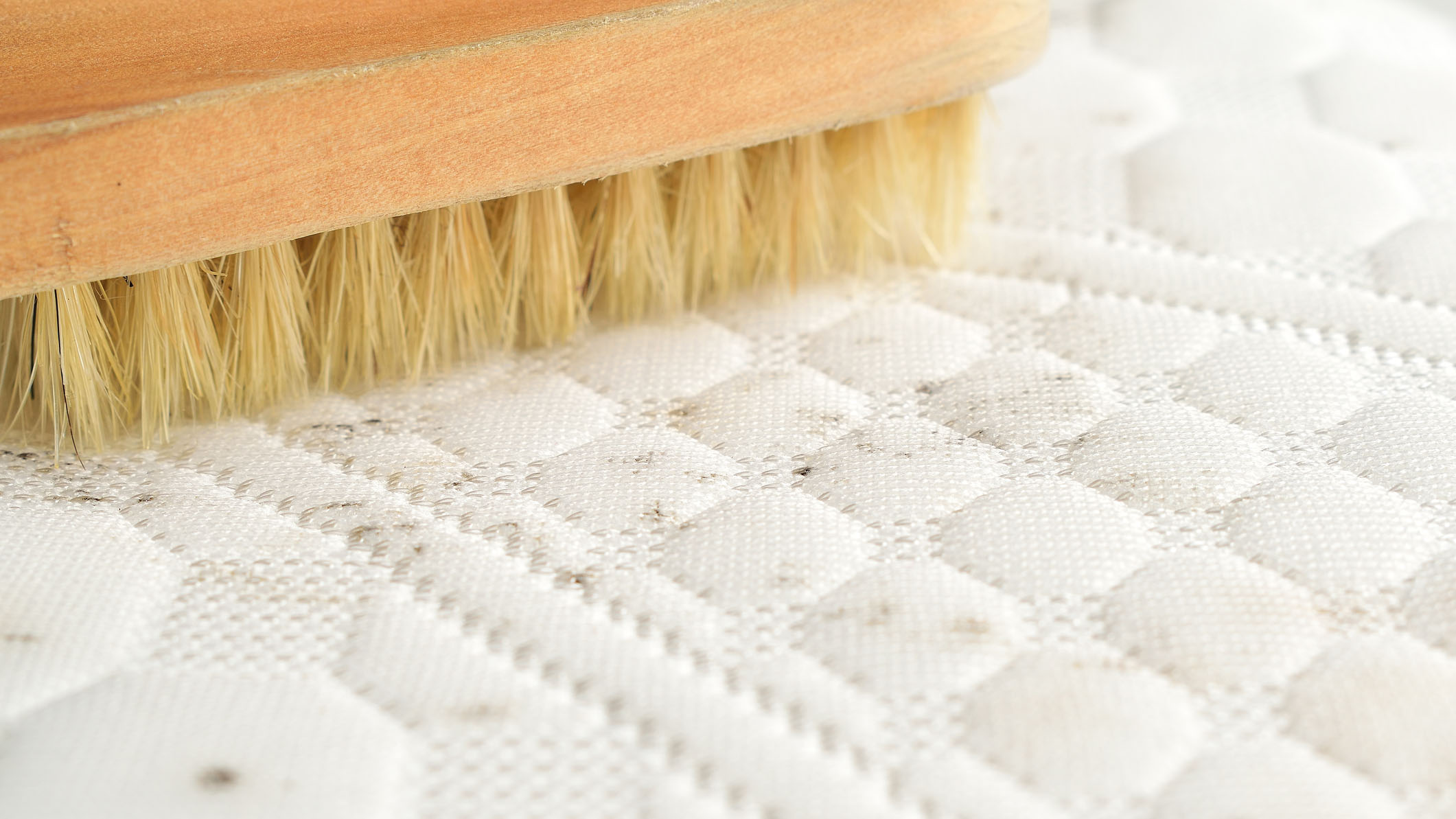
You may also notice changes to your health. If you’re waking up in the morning with increased allergy symptoms such as coughing, itchy eyes or sneezing, or these symptoms come on at night, then it could be mold that is to blame.
Mold spores become airborne and this can cause, or aggravate, existing respiratory issues and affect your sleep quality.
It’s worth noting that it isn’t just the top of your mattress that will show signs of mold. You should check the underside of the mattress too, especially if your mattress rests on a divan base or the floor. Since mold often appears where there is poor air circulation so also check the corners, edges and seams of your bed.
3 Pro tips for removing mold from your mattress
Removing mold doesn’t have to be complicated. So long as you catch it early enough, you can remove it with a few simple steps.
It’s also a good idea to follow these steps to avoid the start of any mold growth, but you can also keep it at bay by investing in one of the best mattress protectors which will create a helpful barrier between you and your mattress.
1. Vacuum and air your mattress
If you have noticed any signs of mattress mold then you should strip any bedding and place it on a hot wash to kill off any mold spores that may have transferred from your mattress to your bedding.
Next you should vacuum the surface of your mattress, using the upholstery attachment.
Make sure you vacuum all six sides of your bed and pay special attention to tufts and seams. When you empty your vacuum, do so in a plastic bag, which you should then seal before placing in the bin to stop the mold spores from spreading.
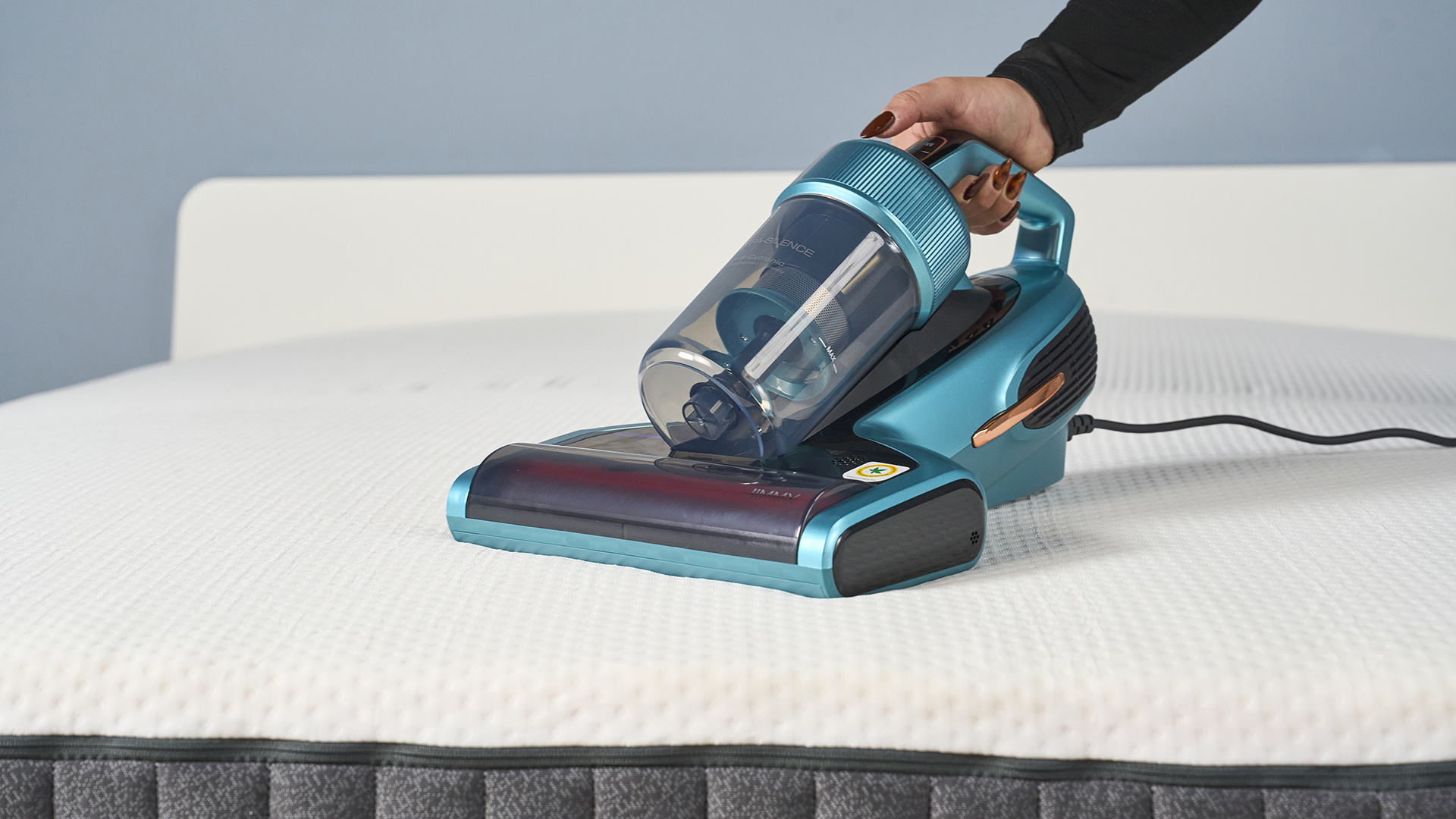
Next, you’ll want to let your mattress breathe. To do this, open up all the windows and then prop your mattress against a wall to get a good airing. If you can place it in the sun, even better, since UV rays are a natural disinfectant.
Giving your mattress an airing is great for memory foam mattresses as they can be prone to accumulating moisture. But you’ll benefit even if you have one of the best hybrid mattresses, since this step of the process will also help extend the lifespan of all mattresses.
2. Spot treat the area
If your mattress is covered in mold then it’s time to invest in a new one. But, if you’ve just noticed the beginnings of mold then you can spot treat the area.
There are a few different cleaning methods for getting rid of mattress mold, including using a hydrogen peroxide cleaning solution, but one of the best natural options is a white vinegar and baking soda treatment.
The use of white vinegar and baking soda is effective as white vinegar contains small amounts of acetic acid that can kill more than 80% of mold types. Baking soda, meanwhile, absorbs moisture and is a natural disinfectant.
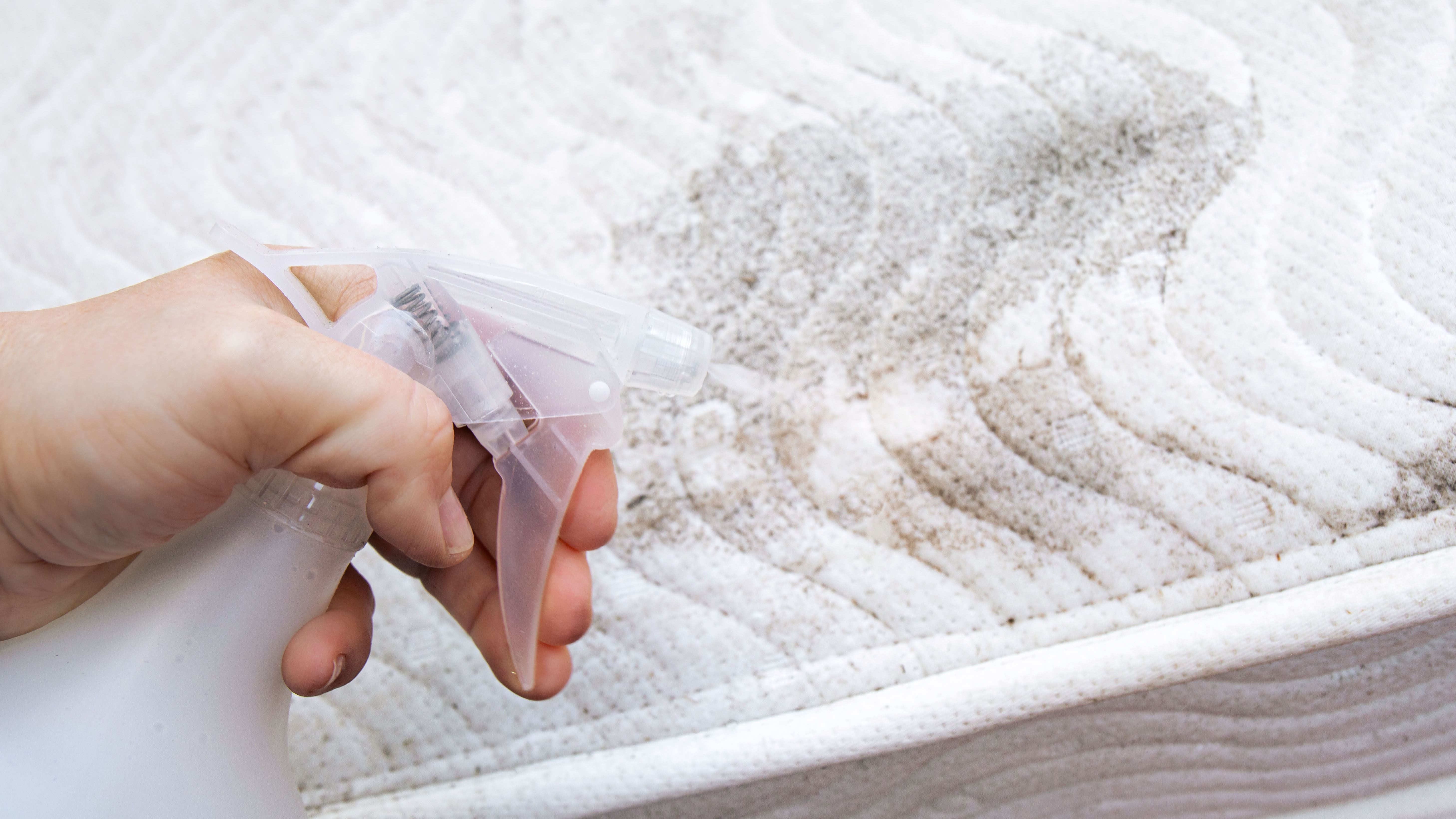
Get a clean spray bottle and mix equal parts white vinegar and water. Lightly spray the area, being careful not to oversaturate the mattress (as this can mean it’ll take longer to dry and could make the mold issue worse.)
Leave it to sit for around 20 minutes (or up to an hour) before blotting the area with a clean cloth.
Next, sprinkle a layer of baking soda over the area and leave it dry for a couple of hours. Once the baking soda is fully dried, vacuum it off the mattress.
3. Consider using rubbing alcohol
Another effective DIY solution for surface mattress mold is rubbing alcohol (also known as isopropyl alcohol).
You’ll need rubbing alcohol that is at least 70% concentration to effectively disinfect your mattress and kill the mold spores.
Once you’ve removed your bedding and vacuumed the mattress, take a clean spray bottle and mix rubbing alcohol with water using a 1:1 ratio.
Spray the area and leave for 15-20 minutes. Next take a clean cloth and rub away any visible mold. Then leave your mattress to dry fully, ideally in the sun, before putting your bedding back on.
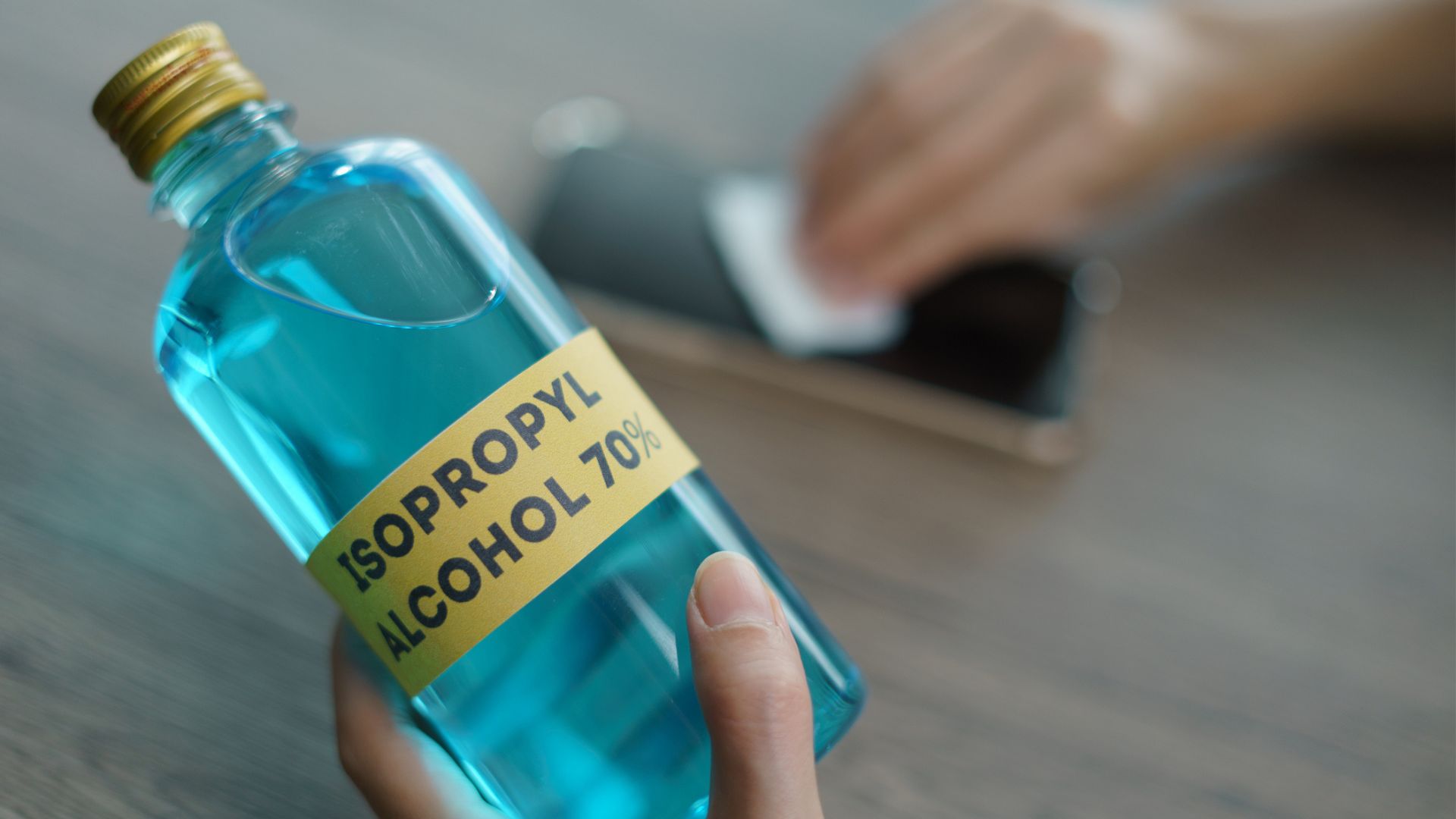
Can you sleep on a mattress with mold?
We would strongly recommend that you do not sleep on a mattress with mold as it can pose serious health risks.
Mold spores can become airborne and, particularly if you are exposed to them for longer periods, can trigger asthma, allergies and other respiratory issues.
Even if you can’t see the mold, you should be able to detect it because of the smell. If you suspect mold, clean as soon as you can and avoid sleeping on the mattress until it’s been dealt with.
Cleaning mattress mold only really works when the mold is in its early stages. If the mold is well established then you will need to replace your mattress. If you need to know how to dispose of your moldy mattress responsibly, you can read our guide on how to get rid of your old mattress.
How can you avoid mattress mold?
Prevention is always better than cure, so here are three ways that you can avoid mattress mold all together.
1. Improve your bedroom ventilation
High humidity can be a cause of mattress mold. When we sleep, our bodies release moisture, including through our breath and sweat, so ensuring your bedroom has good airflow is one way to prevent that moisture from building up.
Open your windows for at least 20 minutes each morning, even if it's cold outside, as this will help that moisture escape rather than settling into your mattress. Good ventilation can also decrease the risk of condensation which can lead to damp and mildew elsewhere in your bedroom.
If you notice excessive moisture in your home, you may want to invest in a dehumidifier which will suck that moisture out of the air and collect it, then push dry air back out.
2. Never put your mattress directly on the floor
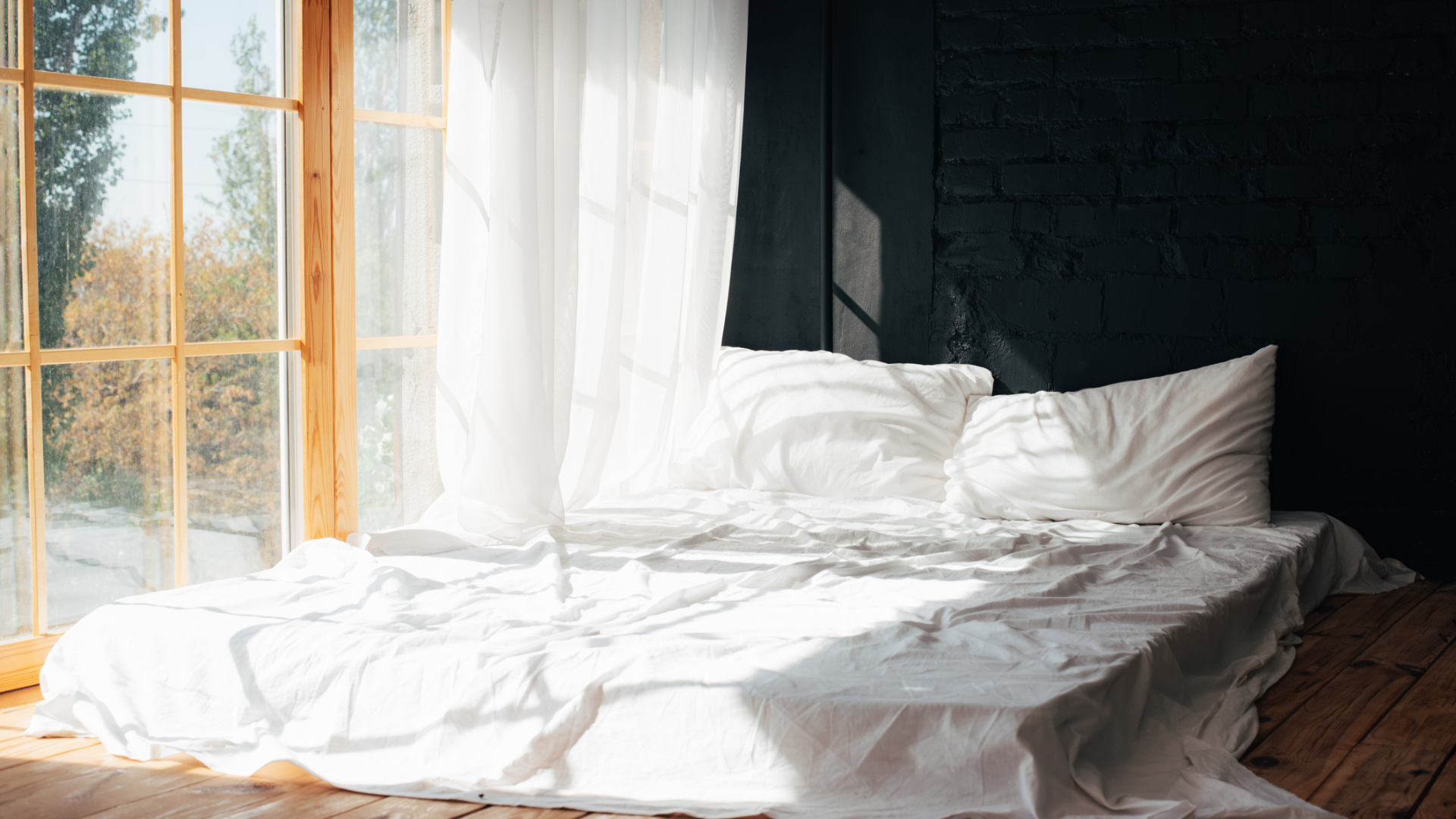
Placing your mattress on the floor is a bad idea when it comes to mold, as without a bed frame or platform, air cannot flow underneath the mattress.
This can create a warm, humid environment that is perfect for mold and mildew growth.
If you must place your mattress on the floor, consider using a bunkie board or the traditional Japanese flooring mat, the tatami mat, to provide a barrier.
3. Let your bed breathe
It might seem odd, but there is actually a good reason why you shouldn’t make your bed as soon as you get up.
Overnight, moisture from our bodies and any humidity in the bedroom can get trapped within your bedding and your mattress, making it prime ground for mold growth.
Instead of making your bed immediately, pull back your duvet and leave it air for around 20-30 minutes after getting out of bed. This will allow any moisture to evaporate, keeping your bed dry and helping it stay mold free.

Rachael has a keen interest in all things sleep, including her expert knowledge on mattress cleaning, providing readers with the best hacks and tips to keep their beds clean, as well as trying out the latest viral cleaning products. Rachael also reports on leading mattress brands such as Helix, Saatva and Nectar, writing articles designed to help readers understand what they need from a new bed. She also enjoys reviewing home, travel and tech gadgets, especially anything that has been designed to make life easier like smart home gadgets. During the last 15 years, Rachael has contributed to various publications including Tom’s Guide, Creative Bloq, The Independent, The Spectator, Daily Express and more.
You must confirm your public display name before commenting
Please logout and then login again, you will then be prompted to enter your display name.
